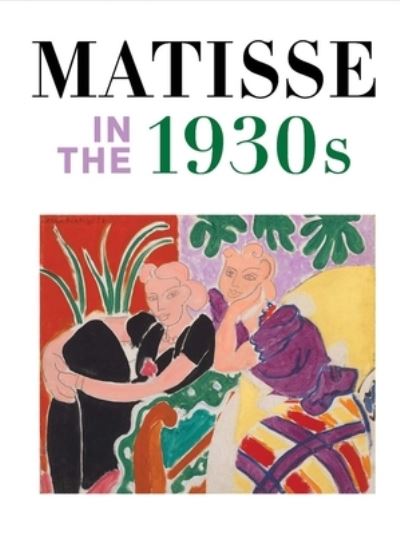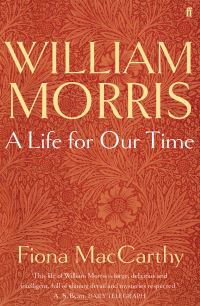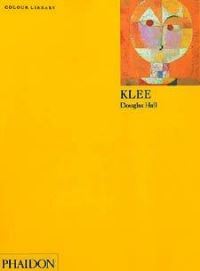Description
The first in-depth examination of Matisse’s work in the 1930s, a key decade of creative innovation and renewal for this celebrated artist
In 1930, as Henri Matisse (1869-1954) embarked on The Dance, a monumental mural commissioned by the American collector Albert C. Barnes, he began experimenting in ways that would permanently change the nature of his work. The use of pre-painted cut papers to lay out his compositions led to a new style of flat tones and bold shapes. He also increasingly used serial imagery to make visible his creative process, aiming to capture the flux of his own perceptions and emotions in the work of art.
Â
This volume highlights and explains pivotal transformations in Matisse’s work in the 1930s across a range of media, including mural and easel painting, sculpture, printmaking, drawing, and the illustrated book. The transatlantic contributors also look at the relationship between Matisse and the Parisian art journal Cahiers d’art, which played an outsized role in publicizing Matisse’s work during this period, and consider his exhibitions, his ongoing involvement with decorative painting, his studio as a creative laboratory, and the role of his model and muse Lydia Delectorskaya in his studio practice.
Published in association with the Philadelphia Museum of Art and Musées d’Orsay et de l’Orangerie
Exhibition Schedule:
Philadelphia Museum of Art
(October 20, 2022-January 29, 2023)
Musée de l’Orangerie, Paris
(February 28-May 29, 2023)
Musée Matisse, Nice
(June 23-September 24, 2023)
Â




